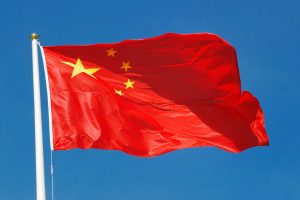US President Donald Trump has once again turned to tariffs as a key tool in reshaping America’s trade relationships. His plan for reciprocal tariffs ~ where each country is taxed based on its own trade policies ~ appears to be a continuation of his economic nationalism. While Mr Trump argues that this strategy will correct trade imbalances and encourage domestic manufacturing, history suggests that such an approach carries serious risks, including economic instability and potential retaliation from trading partners.
At its core, the policy is based on the idea that many countries impose higher tariffs on American goods than the US does on theirs. By “leveling the playing field,” Mr Trump aims to pressure other nations into reducing their trade barriers or face equally high tariffs when exporting to the US. Countries like India, Vietnam, Thailand, and the European Union are likely to feel the immediate impact of this move, as they rely heavily on access to the American market. However, the unintended consequences could be significant. One of the biggest concerns about reciprocal tariffs is the risk of retaliation and escalation. Countries facing higher US tariffs may respond in kind, imposing their own duties on American exports. This could trigger a cycle of trade restrictions that hurts businesses and consumers on both sides. In his first term, Mr Trump’s tariffs on steel and aluminum led to countermeasures from Europe and China, raising costs for US manufacturers. A repeat of this scenario could be even more damaging, particularly when global trade is already under strain.
Advertisement
Another critical issue is the potential for higher consumer prices. Tariffs function as a tax on imports, meaning that businesses pass the cost on to consumers. While Mr Trump claims that his policy will boost domestic manufacturing, in reality, many industries depend on imported raw materials and components. For example, higher tariffs on European and Asian goods could increase costs for American automakers and technology firms, making them less competitive globally. Beyond the economic risks, this strategy could strain diplomatic ties with key allies. Countries like Canada, the UK, and Japan have traditionally sought close economic partnerships with the US, but a rigid tariff policy could push them toward alternative trade blocs. Additionally, Mr Trump’s emphasis on tariffs as a primary trade tool ignores the benefits of negotiated agreements. Instead of fostering trade tensions, the US could achieve better results through strategic diplomacy, as seen in past trade deals that reduced barriers without resorting to punitive tariffs. Mr Trump’s push for reciprocal tariffs is a high-stakes gamble that could backfire. While he presents it as a fair and necessary correction, the approach risks higher costs, retaliatory trade wars, and strained international relationships. A more balanced strategy ~ one that encourages fair trade without provoking unnecessary economic conflicts ~ would serve American businesses and consumers far better than a blunt instrument like tariffs.











